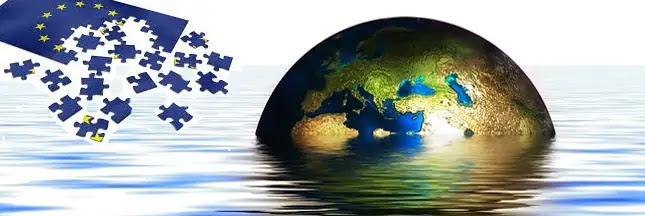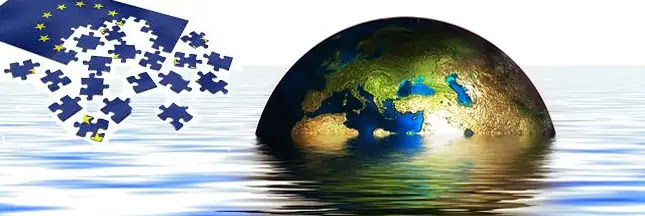
According to the latest report from the European Environment Agency, 96% of cities exceed the dangerous threshold for fine particle pollution, a substance that can cause cancer. Emissions of pollutants into the air have improved significantly over the last 20 years in Europe, but air quality is still generally poor. Based on 2021 data and provisional 2022 readings, the European Environment Agency report states that 96% of the European urban population was exposed to particulate matter pollution exceeding WHO thresholds.
The agency estimates that approximately 238,000 premature deaths are caused by exposure to this pollution in the European Union. Particulate matter pollution is the most important environmental health risk, being directly responsible for cardiovascular diseases, lung cancer, and respiratory problems, with an effect on the life expectancy of the population in urban areas. Although the pollution rate has decreased during the different phases of the COVID-19 pandemic, it is still too high.

In detail, PM10 pollution is mainly present in the south of Europe, in Italy, Bosnia, Serbia, Macedonia, Bulgaria, Turkey, in the Paris region and in the north of France for example. The PM2.5 fine particle pollution coming mainly from transport, industry, agriculture, residential heating and cooking, affects mainly northern Italy, Poland, Czech Republic, Slovakia, Bosnia, Kosovo, Turkey and Greece.
The thresholds are also slightly reached in Belgium, Spain, Germany, the Netherlands in France, Paris, the region of Hauts-de-France, in the department of the Rhone and on the Mediterranean coast.
Finally, road traffic and industrial activity generate ozone pollution which, although decreasing, is still very high throughout Europe, especially in Central European and Mediterranean countries. Ozone pollution thresholds, whose emissions can also be transported by upper air currents, are highest in northern Italy, eastern France and Paris, Germany, Belgium, Austria, Poland, Spain, Portugal, Turkey, Greece and Bosnia.
Other pollutants are present in smaller quantities, such as nitrogen dioxide in highly urbanized cities, such as Paris, the most polluted city in Europe for this substance, followed by Krakow and Munich. Nitrogen dioxide pollution had managed to decrease by 70% in France, Spain and Italy by spring 2020 before increasing again.
Another highly carcinogenic pollutant present in Europe is benzopyrene, which is produced by burning charcoal.
The level of this pollutant is well above the thresholds in the whole of Poland and in parts of Slovakia, Austria, Bulgaria, Italy or in the east of France, in the Moselle department. In general, since 2005, pollution in Europe has been steadily decreasing, although the new report of the European Environment Agency indicates that efforts are still needed in major European cities to improve air quality for their inhabitants.




